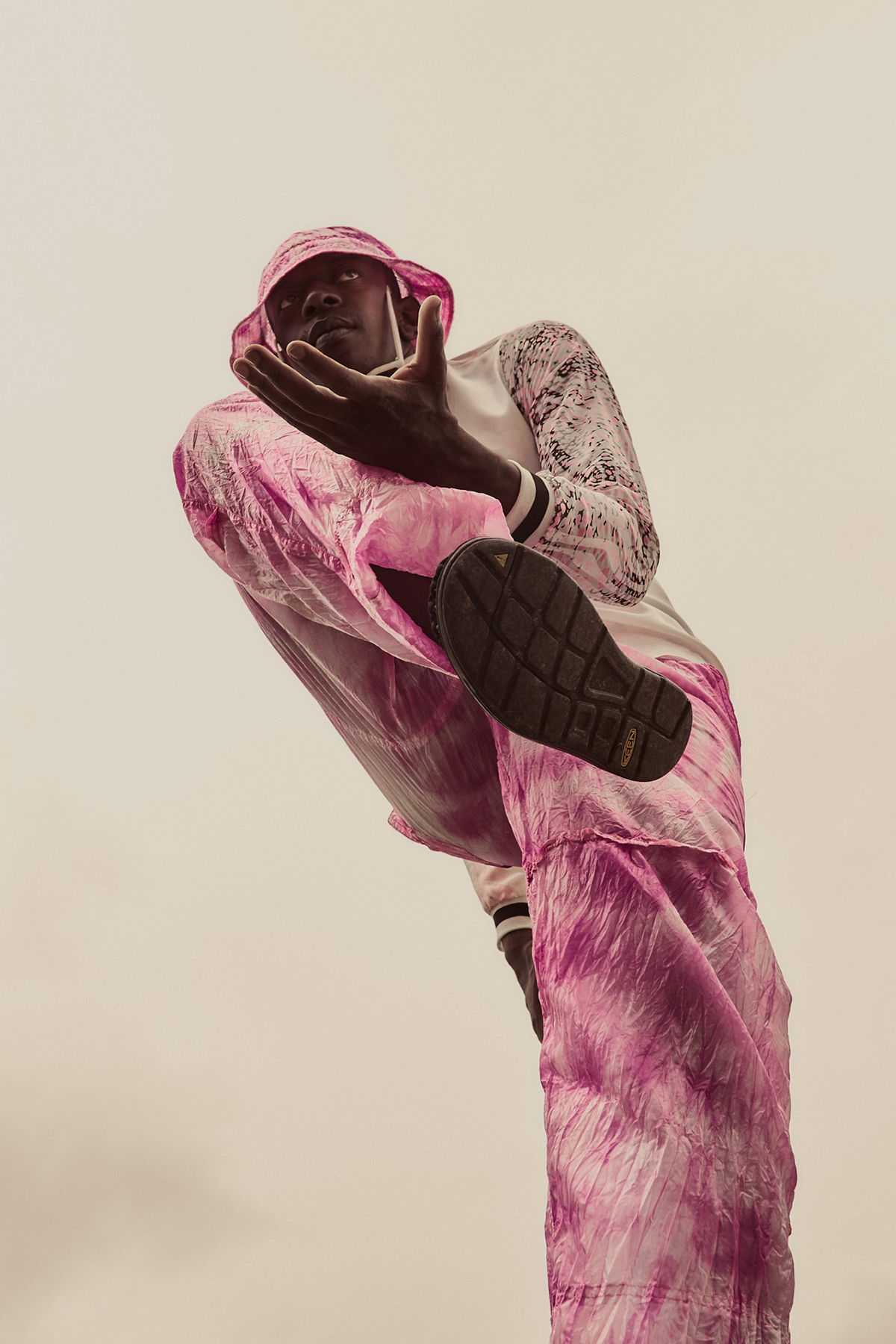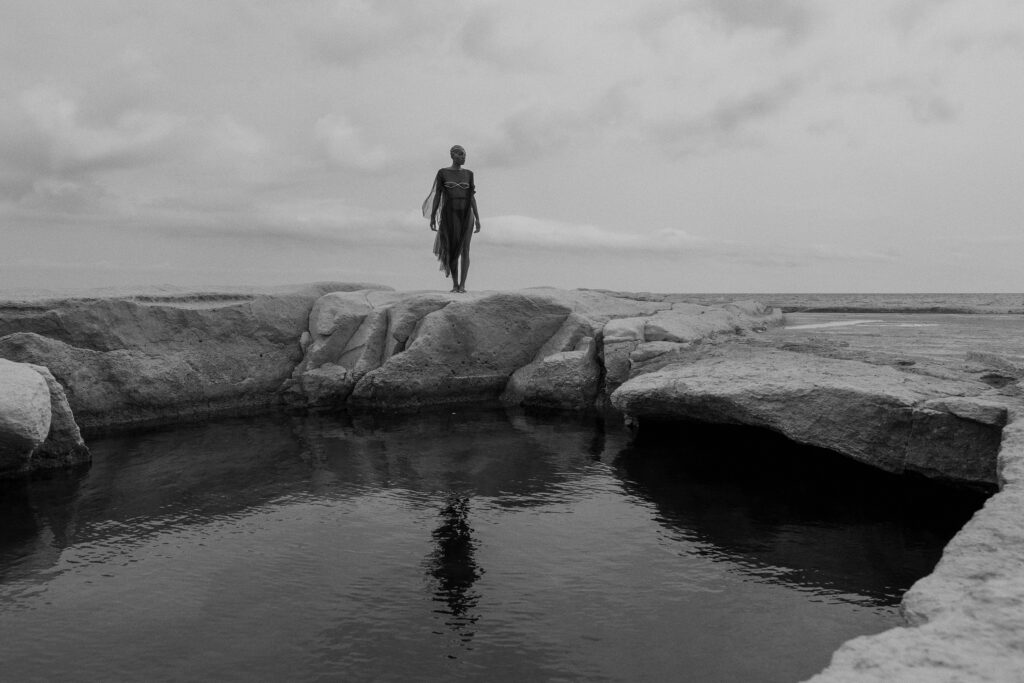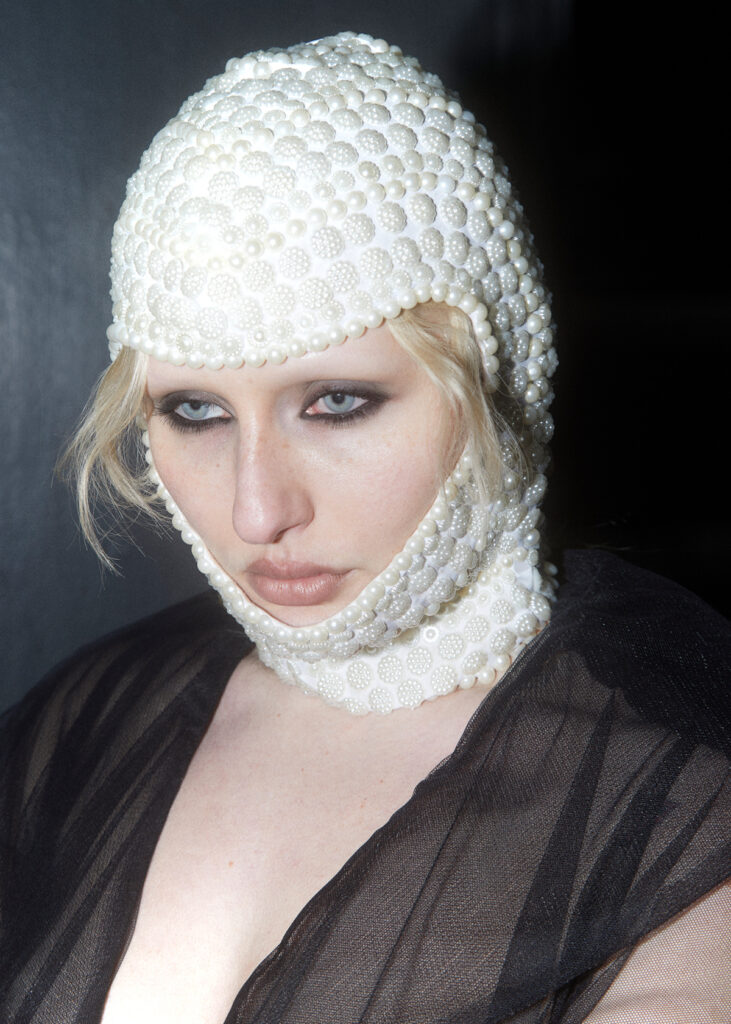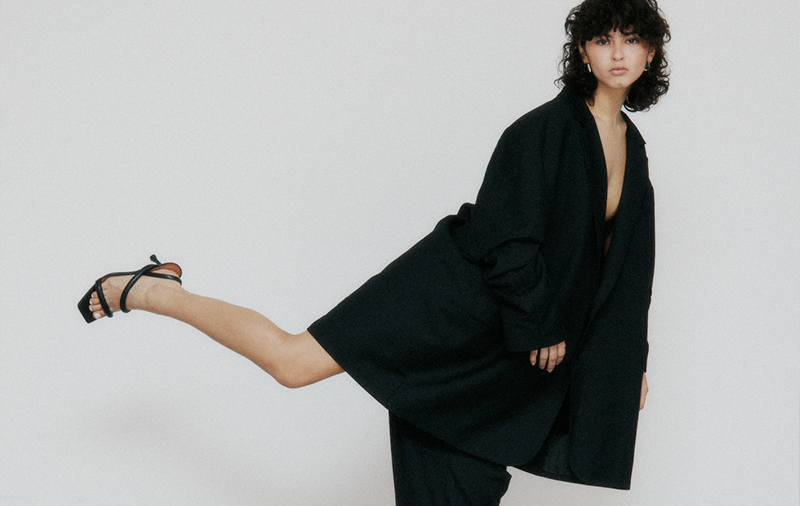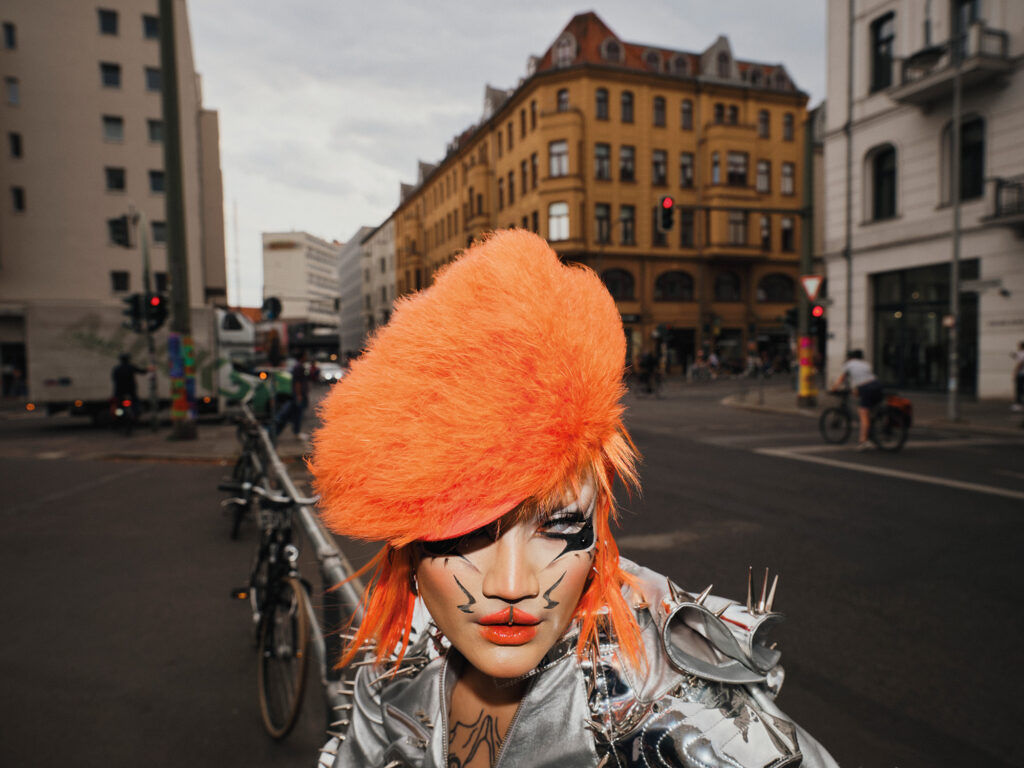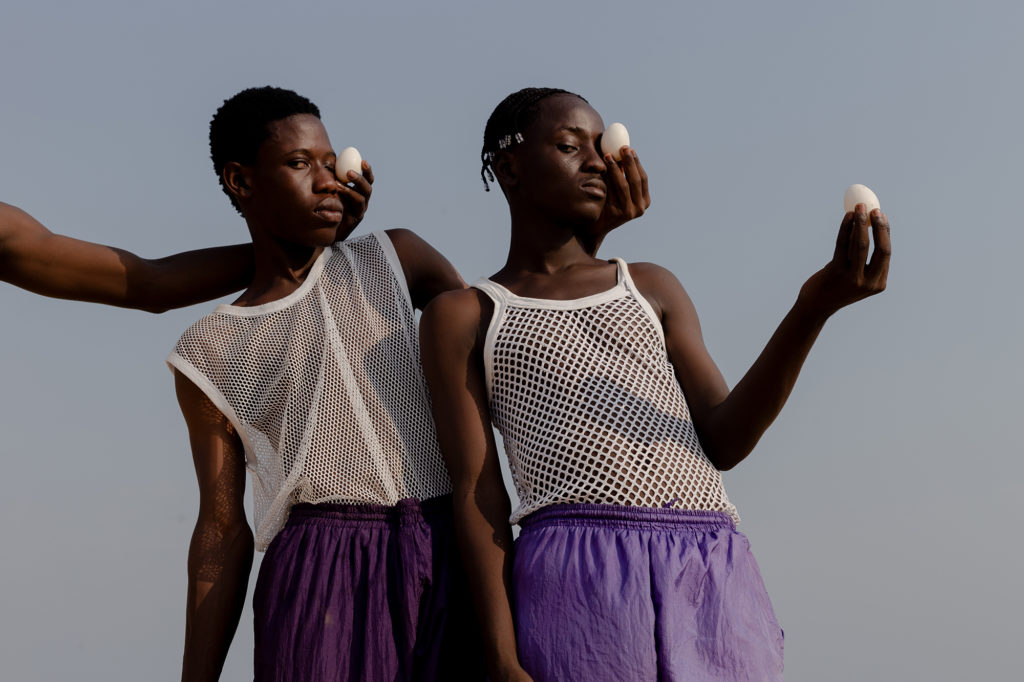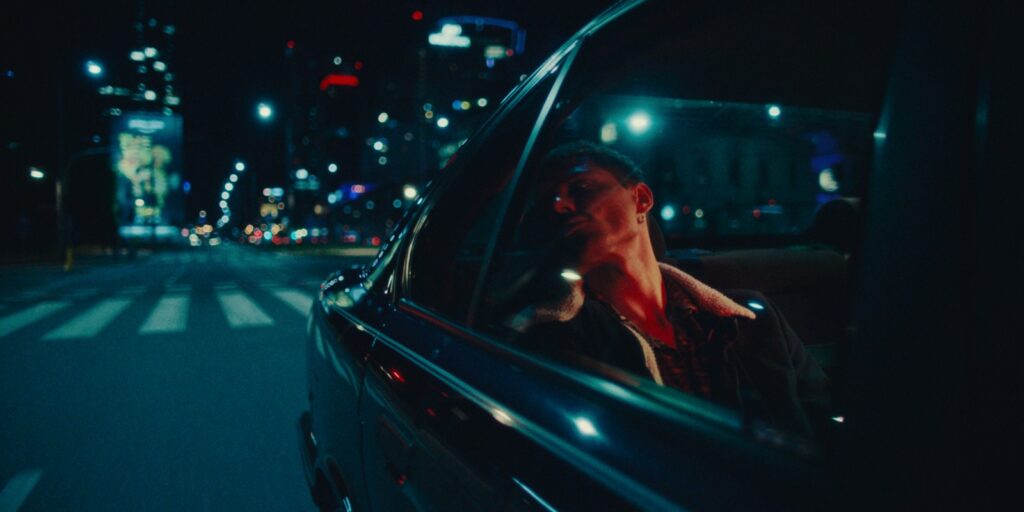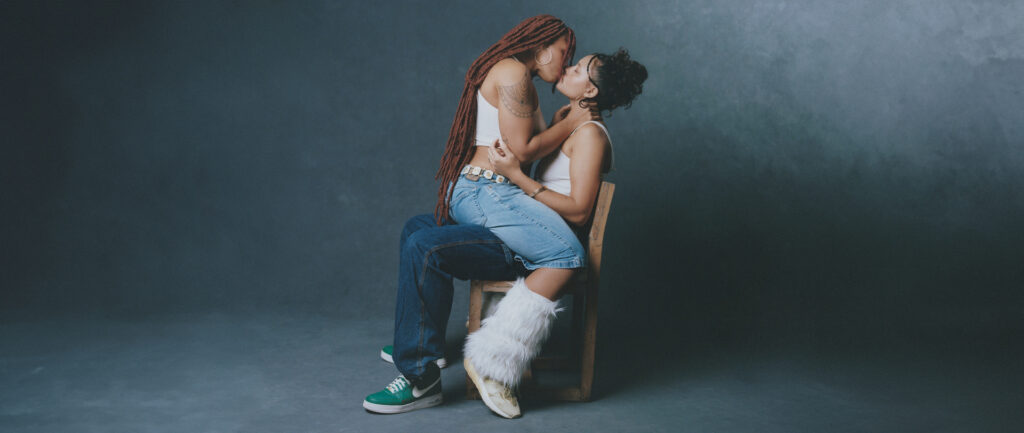Rafael Kouto: The Art Of Resurrection
Artist Rafael Kouto
Words Christian Ruess
It’s his curiosity that makes Rafael Kouto stand out of the rapidly growing group of upcycling designers. Merging the finest European couture traditions with his own African heritage and influences, he became a true pioneer in the next chapter of fashion. In conversation with Container Love he told us about his creative processes, the long awaited revolution of African artists and the beginning of the end for eurocentric fashion.
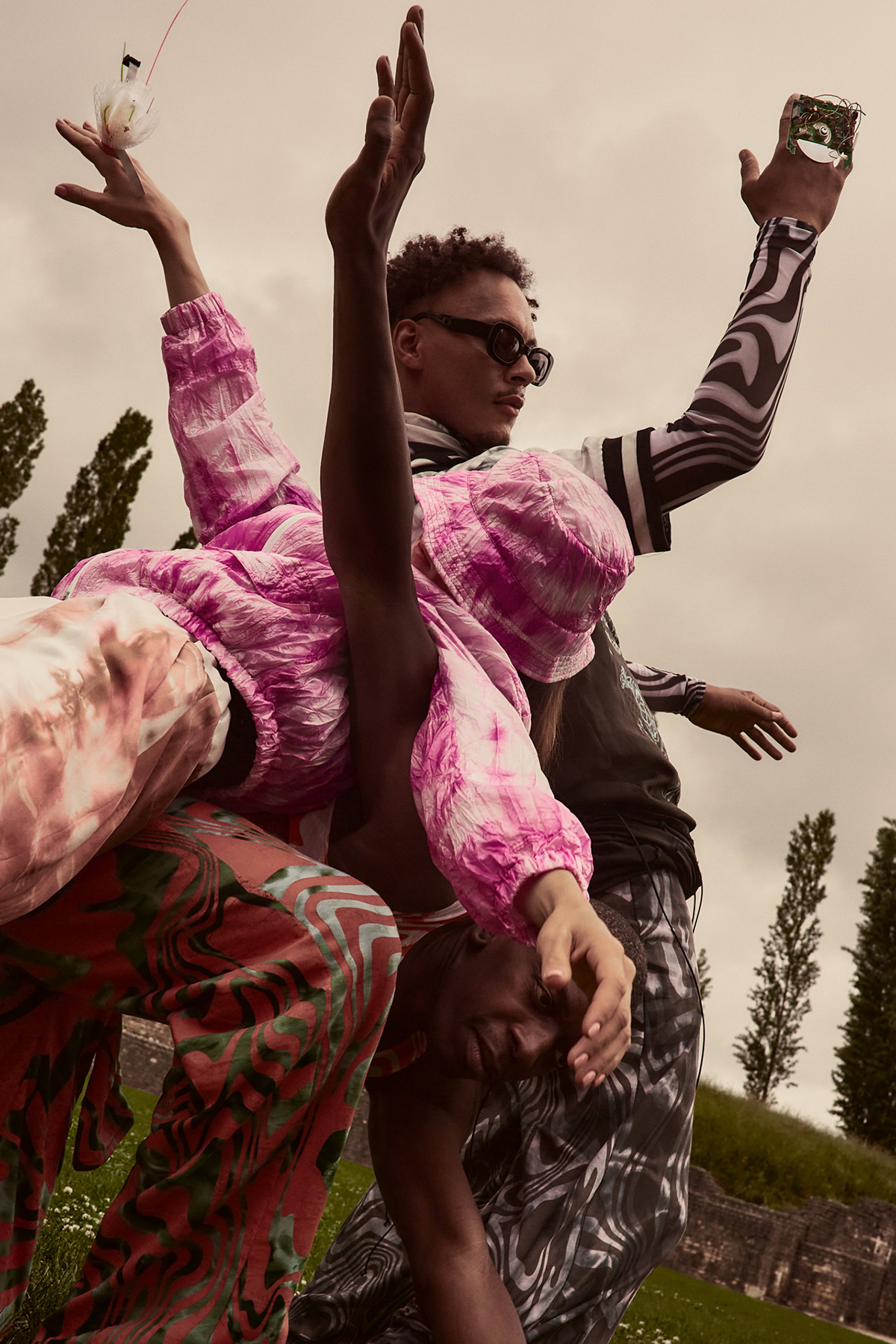
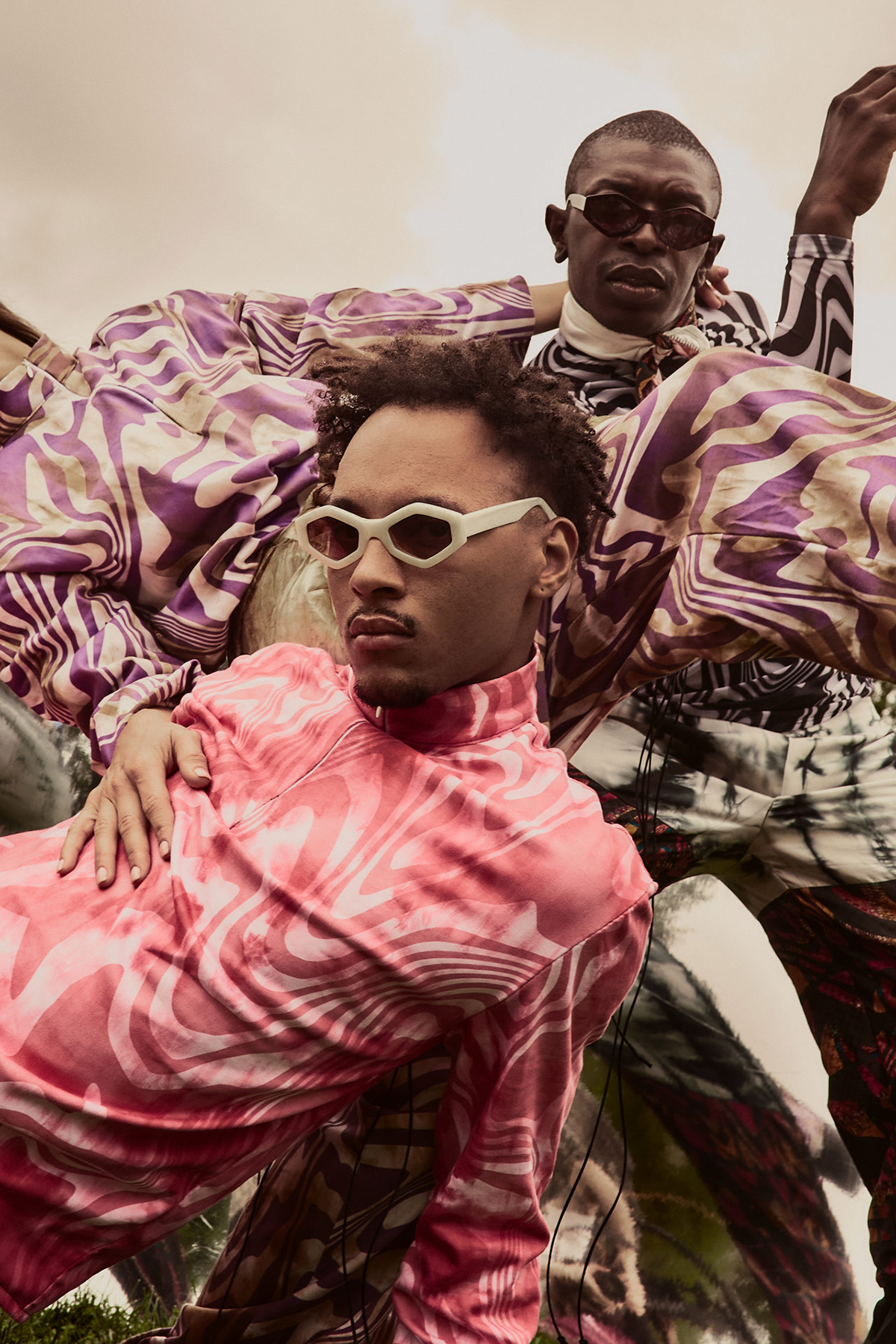
How would you explain the concept of upcycled fashion to an outsider?
Although upcycling is becoming a very widely used tag nowadays, there is a lot of confusion and misunderstanding about the topic itself. According to my own definition, upcycling is the transformation of existing garments into garment-ambience, into new items. We take garments that have been worn and give them new life by using traditional couture techniques like screen printing or crochet. I call it upcycling because I try to add new value to the garments by using them for my designs.
You’ve been working for major design houses and brands all over Europe. What was the single most valuable lesson that you took away from this journey of yours?
It helped me a lot to understand what I would do differently in the future and helped me realize which values I didn’t share within the fashion system and I had a more critical point of view about. Of course, as a student I had no idea that these morals will later become the core values of my own brand. I’ve been working with a lot of very inspirational projects – for example at Maison Margiela or at the United Nations’ ethical fashion initiative – with people who were pioneers of fashion’s recycling movement. And it was magical to see such high-profile brands and associations join for a good cause and offer a concrete alternative to the fashion system.
There is tension between the idea of reusing materials and couture culture in general. What are the challenges that you are facing as an upcycling designer?
Since I started the brand four years ago, people’s mentality has changed drastically. I think things are going in the right direction: we see major designers and big fashion brands approaching the idea of upcycling and sustainability. I know that sometimes it’s hard to understand what added value can be and how it leads to the changing of costs. That’s why I’m trying to be transparent about my production, showing people how I work, getting them involved as much as possible. Many don’t even know where the garments are coming from or that if it wasn’t for us, these materials would end up being exported or dumped in a landfill.

How can upcycling reach the masses?
I don’t think the goal of any upcycling brand would be reaching the same size as H&M. I believe in a system of smaller brands with similar concepts around upcycling. And it is crucial for these brands to remain very unique, very niche and very local.
How does upcycling affect your creative processes?
Upcycling is a very open and flexible process compared to traditional fashion manufacturing. It’s not like walking into a store and deciding on what color, how many meters of material you want. It’s very much influenced by what’s actually available. You need to be ready to jump on new opportunities and find solutions to any problem that may arise in the process.
What are you looking for when you are on the hunt for new materials?
I always start with putting together a moodboard. This way, I get an idea about the overall feel and the statement that I want to make with the collection. Then the search begins. First I was simply overwhelmed with the vast amount of materials that were available. But over the last few years we developed a system with Texaid, the sorting facility I work with. I’m sending them a list of what I’m after and they make a preselection for me.
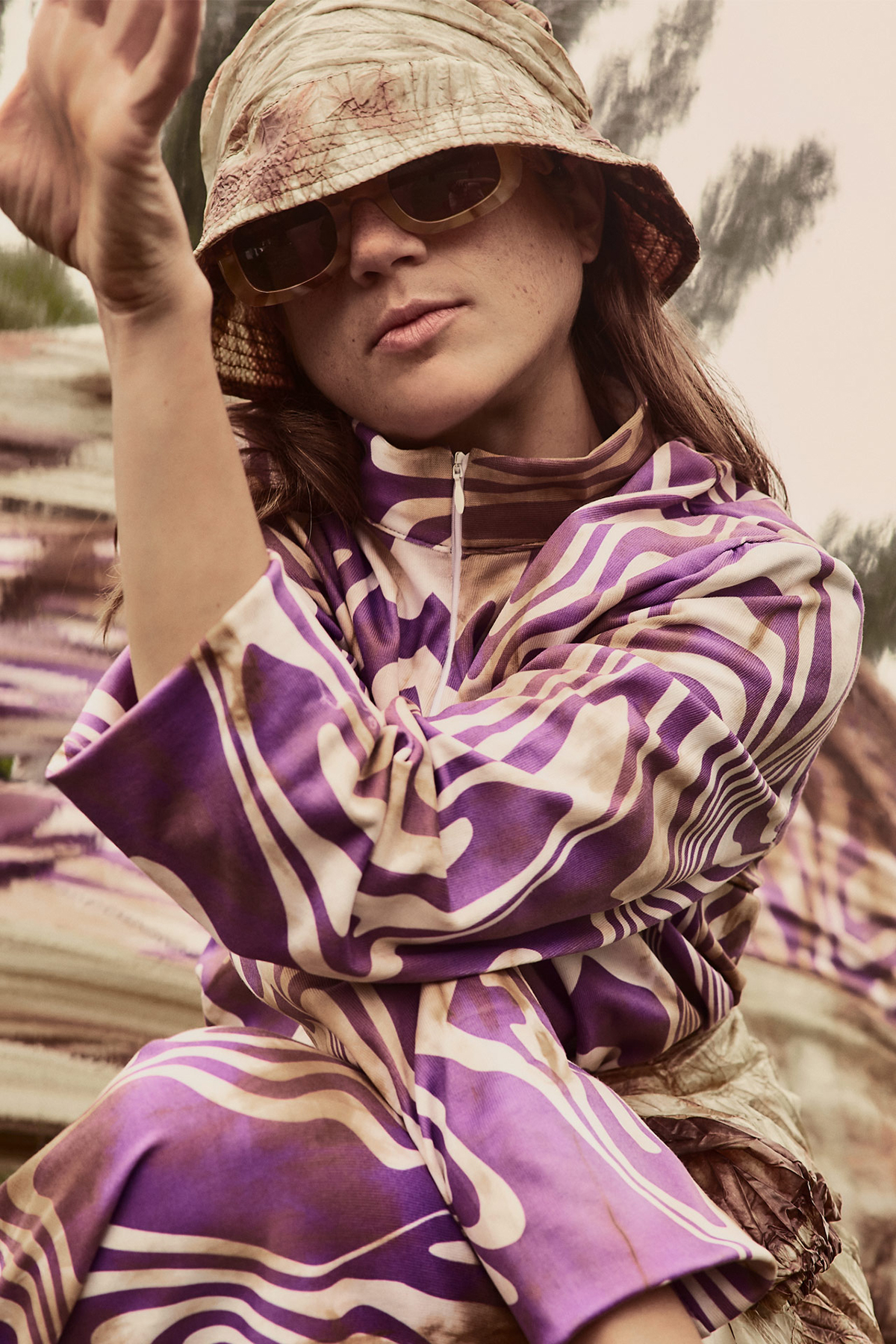
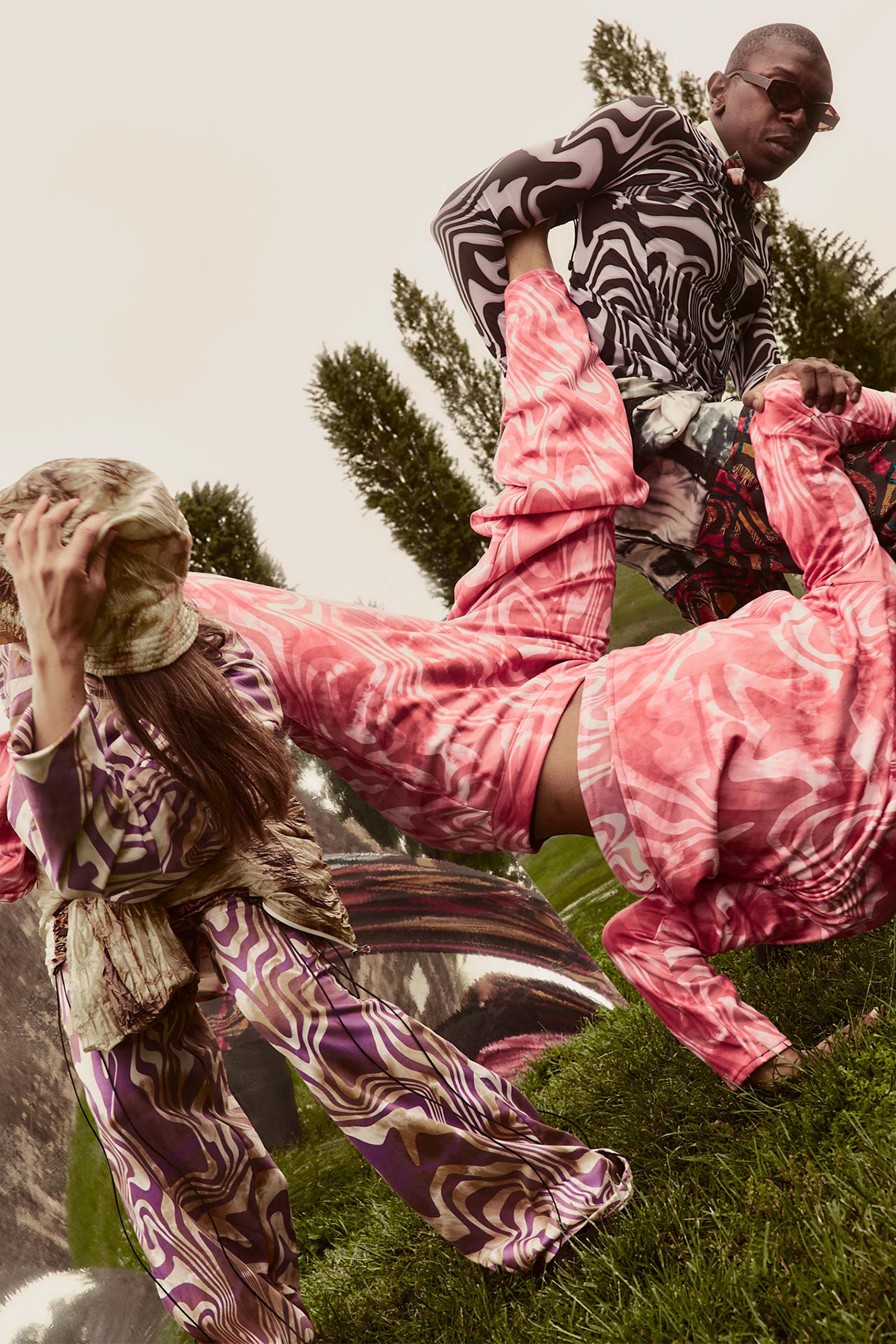
African influences are essential parts of your designs. How do you feel about them?
My father is from West Africa and I’ve always been very much looking out for the work of contemporary African artists. They remain an enormous source of inspiration. More than that, the concept of upcycling is part of the whole material-culture in Africa, one can even say that part of their creativity is oriented around this topic. My goal is to create a bridge between West Africa and Europe by merging aesthetics. I would love to bring some new influences and values into the western fashion world, because that’s what I see the future in.
What is the reason behind African creatives getting more and more recognition in the West?
I think there is a shift in terms of perspective, I think fashion is not gonna be so eurocentric anymore as it used to be. We kinda realized that in Africa, there is a drive for creativity that is nothing like we experienced nor can imagine. Africa is much, much more than the poor continent as it has been portrayed for many centuries. There are many great African artists who were waiting for this moment of awakening to happen.
What can western designers learn from their African counterparts?
I think there is a more free, more joyful approach towards creation, one that is their own. In Europe, fashion has always been a very closed system, with everyone working almost exclusively within their own circles. Everything has been done in a very private, very hidden and very secretive way. These things don’t really exist in African culture. Starting with the idea of the tailor’s workshop being a space for social gatherings, open for the public. Things like this led to a different take on the creative process and also on the role of the designer. It’s a world where fashion is less about the ego and more about the community.
